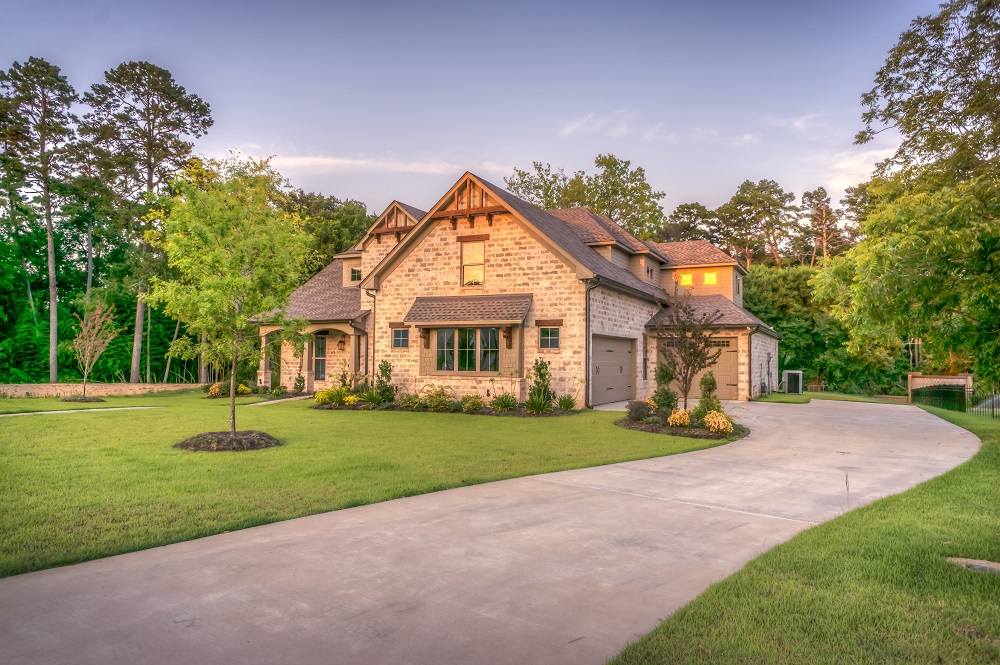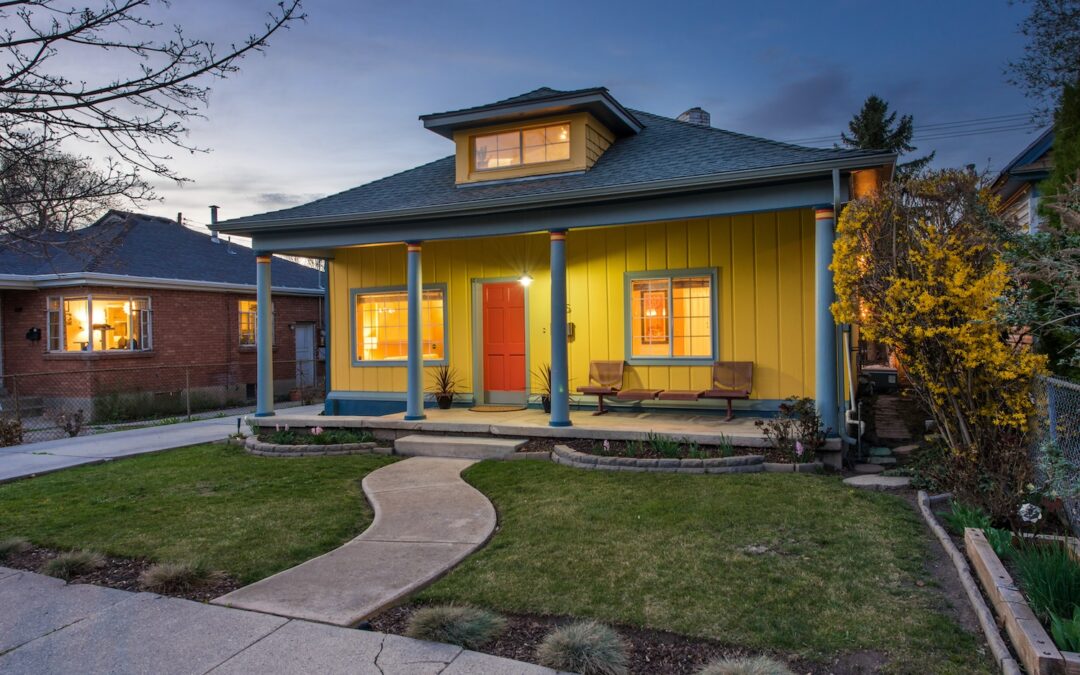The winter solstice is next Tuesday, December 21st at 10:59 AM, but from the weather we’ve had over the last week, I’d say Winter has Arrived! Let’s hope it keeps on coming and we break this drought and celebrate the holidays with some powder days!!
In this month’s SLC Homes News, we’re going to review three major highlights from the State of the State’s Housing Market Report, which was released in October 2021 by the Kem C. Gardner Policy Institute at the University of Utah.
Is a Bubble Forming in the Utah Housing Market?
A housing market bubble in Utah is highly unlikely in the near term. History shows us that both brief and prolonged declines in the Utah residential real estate market have been preceded by job losses and recession, neither of which appears likely to happen in the next couple of years.
The current unemployment rate in Utah is at 2.2%, the lowest ever recorded. The national unemployment rate is at 4.2%, which is just slightly higher than 3.6% in 2019, which was the lowest in 50 years.
With the current supply chain shortages and high demand for goods and services, a recession seems unlikely in the near term, but we have seen an accelerating rate of inflation since April of this year due to shortages and high demand.
Over the last 10 years, the annual rate of inflation in the US has been in the range of 0.7% to 2.3%, in line with the Federal Reserve target rate of 2.0%.
In April 2021, annual inflation rose to 4.2% and has been at or above 5% for the last seven months, rising to 6.8% in November, the highest it’s been since 1982.
Long-term inflation leads to higher interest rates which eventually can lead to a recession, but it typically takes years for this to happen and high inflation just started.
With interest rates currently near record lows, a national recession is unlikely to occur in the next two to three years.
2021 was an All-Time Record Year for Home Price Appreciation in Utah:
Home prices increased by 28.3% statewide from the 2nd quarter of 2020 to 2021, a record year for Utah housing and second in the nation behind Idaho with a 37.3% increase.
The second and third best years for home price appreciation in Utah were 1994 when prices increased by 18.3% and 2006 with a 17.2% increase, both of which were the highest in the country.
Utah also had the 7th highest average home price in the nation at $465,012 at the end of the 2nd quarter of 2021, per Zillow. The top six were Hawaii at $730K, Washington DC at $692k, California at $684k, Washington at $520k, Massachusetts at $518k, and Colorado at $491k.
Since 1977, the Utah housing market has only had two extended periods in which the price of homes has declined, from 1987 to 1988 and 2008 to 2011. The housing market decline in Utah during the Great Recession was the longest period of decline in the last 75 years.

There’s a Housing Shortage in Utah:
Housing shortages and oversupply are measured by comparing the annual increase in the number of new households to the number of newly constructed housing units.
From 1970 into the early 2000s, the number of homes built in Utah exceeded new households by 14.9% with the number of new homes built peaking in 2005 at 28,325 units, a number not to be exceeded again until 2020.
During the Great Recession, new construction in Utah plummeted by more than 60% from the 2005 peak to about 10,000 homes built per year from 2008 to 2011.
During this time the number of new households was growing, and from 2010 to 2013 there were twice as many new households formed as homes built, and it wasn’t until 2018 that the number of new homes built exceeded the number of new households.
The Kem C. Gardner Institute estimates that we currently have a deficit of 44,500 housing units in Utah.
This has led to record-low vacancy rates for homes and rentals and record increases in home prices and rents—a market out of balance.
The number of new building permits issued in Utah during 2021 is estimated to be at a record 35,000 units, and 31,797 permits were issued in 2020, but experts say it’ll take years for us to catch up.

Looking forward:
There are fewer homes for sale right now in Salt Lake County than there were last April, with just six days of inventory for homes and condos under $500,000 and nine days of inventory for all homes and condos. So it’s going to be another crazy year!
If you or someone you know has any questions about buying or selling real estate or wonders what your home is worth, give me a shout!
Also, keep in mind that I offer professional home staging and photos for sellers as part of the deal, at no extra cost to you. There are various studies you’ll find online that show that homes that are professionally staged and photographed can sell from 5% to 10% or more than homes that aren’t professionally staged and photographed.




